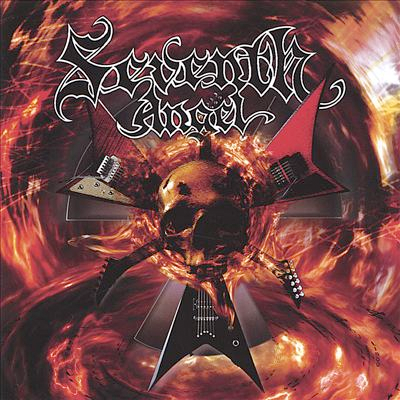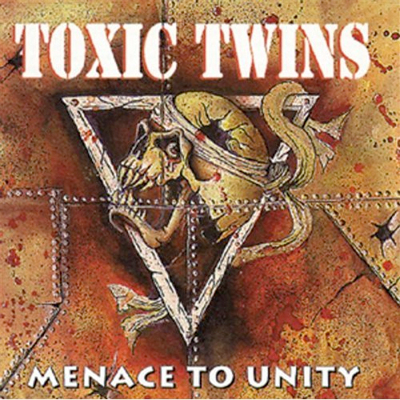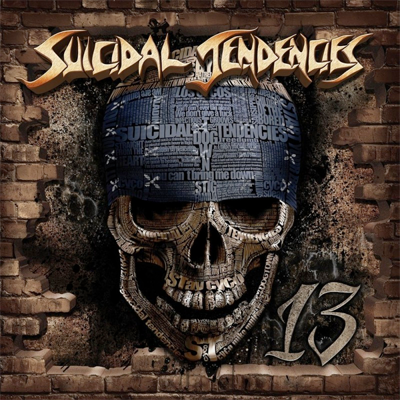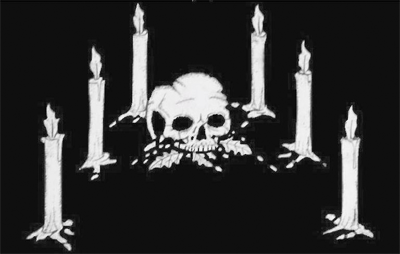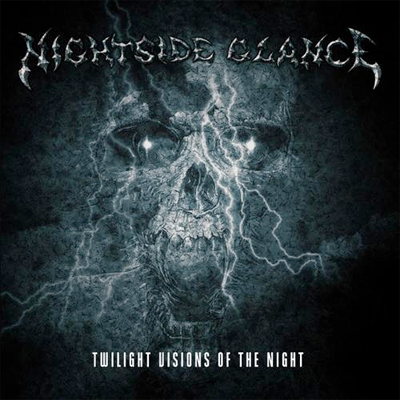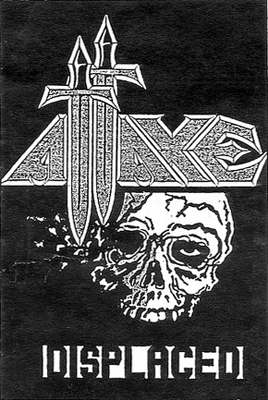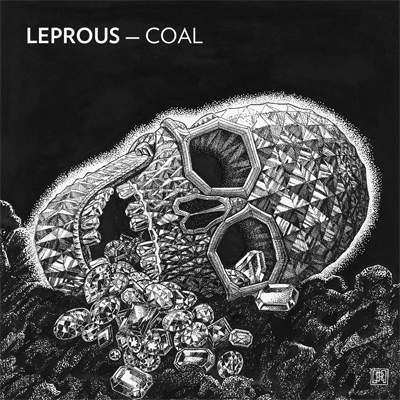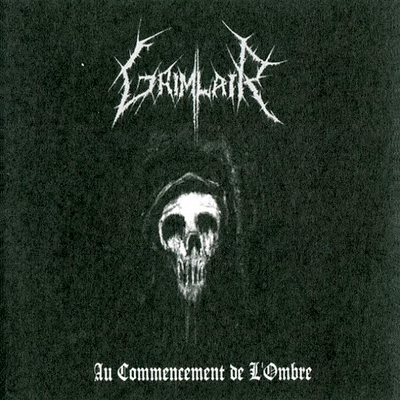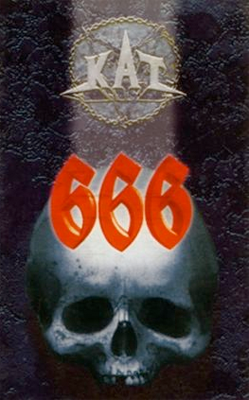
KAT, 666 (1986, Polmark)
The skull:
Here it is, a skull so perfectly apt that no other could possibly end our epic investigation into the life and times of the Big Dumb Skull, although as you shall learn, this was perhaps fated from long ago. This album was originally released in 1986 with a different, and far inferior, cover, but when the band self-released a cassette reissue of the album in 1993 (what the fuck, Poland?) this new image was selected to grace it. At the time, the band said the replacement was necessary to better fit the different dimensions of a cassette cover, but it has long been rumored that The Council of the Elders of the Skull personally visited the band and suggested this cover, telling Kat (which is Polish for “executioner,” not “cat”) that the change would bring them great glory and renown in the then distant-seeming future. To their eternal credit, Kat agreed, although in fairness who would dare to deny a request from The Council? And lo, these many years later, their obedience has been duly rewarded, and their fame forever secured, as that very cover graces the last entry on Big Dumb Skulls.
The music:
Kat were one of the earliest, and then one of the biggest, bands of the Polish metal scene, along with Dragon and Turbo. 666 is the Polish-language version of the band’s debut, Metal and Hell, and this early material is driving heavy metal, bordering on speed at times, with a serious German influence, sounding a lot like Warrant, Iron Angel, or Exhumer, but honestly I prefer Kat to any of those bands. At their best, they sound considerably more evil than their better-known German peers, and at their worst, well, they’re a bit less goofy. If you’re not familiar with any of those groups, then imagine a bunch of Poles trying to make early Accept sound sinister. A lot of the early albums from these seminal Eastern European metal bands (eg: my beloved Aria and Arakain) sound a lot better than you might expect, and this is no exception. It’s not that it’s a sterling-sounding affair, but it can certainly compete with most of the underground stuff from 1986 that you’re probably familiar with. And as always, you can expect a better delivery from the vocalist on the native-language version of the album. Plus, Polish is a pretty cool metal language. Is this the hidden classic you’ve been looking for all your life? Not likely. It is pretty great, though, if you like that mid 80s Teutonic style, and you don’t mind looking a little harder for your tunes than usual.
The postscript:
Though we serve at the discretion of The Council, and we Friars are eternally at their beck and call, we must also give thanks for their magnanimity and charity, for they recognize that the task they set before us, though an honor, taxes us greatly in body and spirit, and they have granted us a period of rest, a respite from the demands of The Skull, and Friar Wagner and I shall return now to the cloistered sanctuary of The Council’s compound to spend our days in quiet contemplation, studiously avoiding any and all skulls until such time as our fragile minds have recovered. But fear not, faithful readers, for we shall not abandon this site altogether, and indeed some day we will begin posting anew, for our work is hardly done. Be you not mistaken that there are only 666 Big Dumb Skulls in the world. They are legion. And The Council of the Elders of the Skull, and we its loyal Friars (and all those who follow after we are gone), shall forever pursue and glorify all things big, dumb, and skully.
— Friar Johnsen
